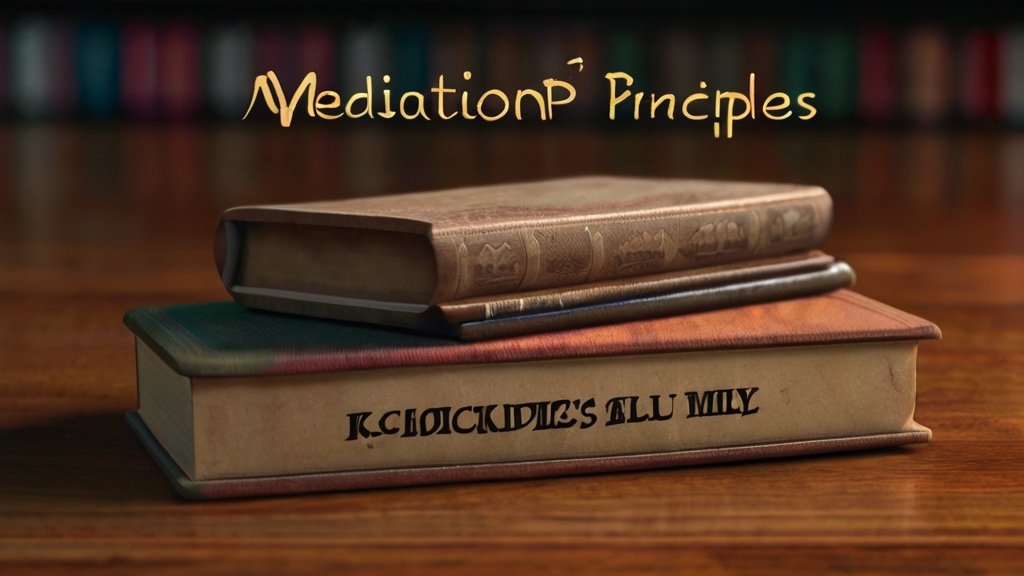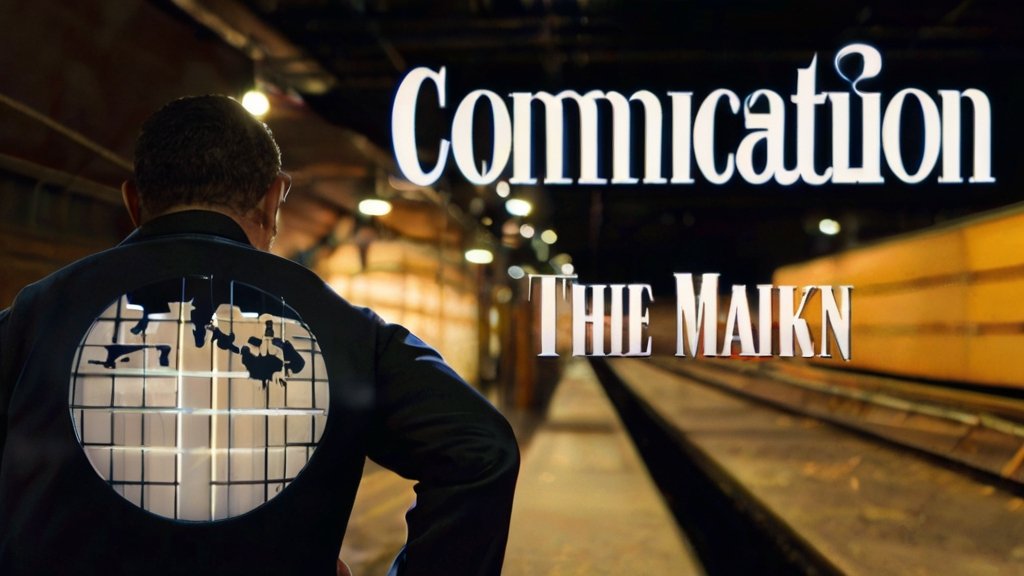Quiet Goal:
This book goes past superficial methods to dig into the fundamental standards and speculations that drive effective intercession results.
Hypothetical Establishments:
Investigate the hypothetical underpinnings of intercession, including standards from brain science, humanism, correspondence studies, and the compromise hypothesis. Acquire an understanding of why intercession works and how it differs from other compromises.
Intercession Strategies:
Dive into a complete exhibit of intervention procedures, from undivided attention and reevaluating to council meetings and transport discretion.

Peaceful Resolution: The Role of Mediation in Conflict Management
Contextual analyses:
Dissect the systems utilized by arbiters and the variables that contribute to effective results.
- Legal Matters: Analyzing legal cases, precedents, and judgments within the context of law and jurisprudence.
- Environmental Matters: Exploring case studies related to environmental issues, conservation efforts, or ecological challenges.
- Business Matters: Examining case studies in business management, entrepreneurship, market dynamics, or corporate strategy.
Moral Contemplations:
Figure out how moral rules illuminate go between conduct and dynamic cycles.

Building intercession abilities:
- Exploring effective strategies and methods for facilitating constructive dialogue, managing conflicts of interest, and promoting mutually beneficial agreements. Peaceful Resolution: The Role of Mediation in Conflict Management
Serene Goal:
The Job of Intervention in Refereeing” gives an exhaustive assessment of intercession’s diverse job in settling clashes calmly.

The Idea of Contention:
Investigate the nature and elements of contention, including its causes, appearances, and effects on people, gatherings, and social orders. Acquire experiences into the mental, social, and emotional elements of contention and the role they play in forming compromise processes. Look at the primary rules that support the act of intervention, like lack of bias, unprejudiced nature, secrecy, and self-assurance. Comprehend how these standards illuminate go between direct and add to the viability and authenticity of the intercession interaction.
Intervention Models:
Investigate various models and ways to deal with intercession, including facilitative, groundbreaking, evaluative, and story intercession. Foster fundamental relational abilities for middle people, including undivided attention, reevaluating, addressing, and empathic correspondence. Comprehend how viable correspondence methods can cultivate understanding, sympathy, and trust among parties

Compromise Systems:
Figure out how to explore stalemates, oversee power elements, and address close-to-home obstructions to goal.
Look at the social elements of intervention and the significance of social ability in interceding different struggles. Investigate moral quandaries looked at by arbiters and moral rules for advancing reasonableness, honesty, and responsibility in the intercession cycle.

Contextual analyses and models:
Investigate the techniques utilized by Go and the elements that contribute to fruitful intercession results.
Figure out how to develop the abilities, information, and moral mindfulness important to succeed as a middle person.







